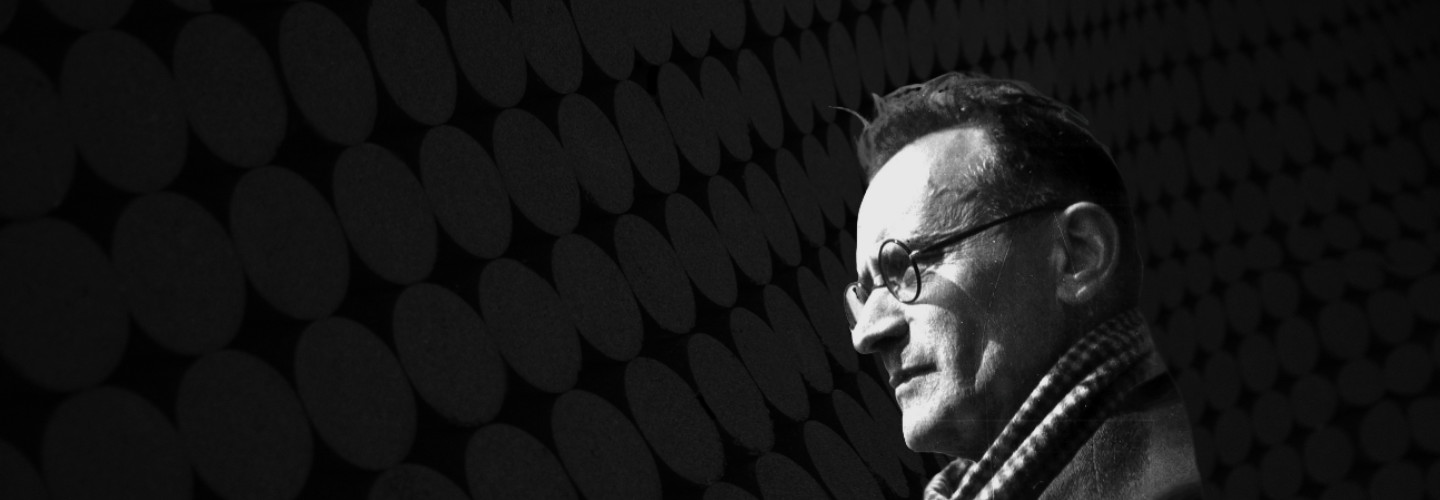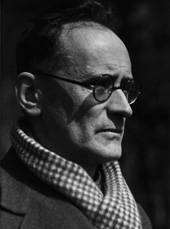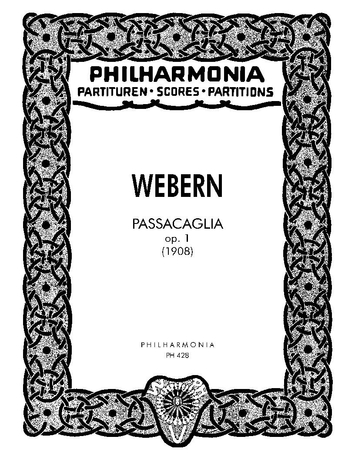

Anton Webern
Passacaglia
Short instrumentation: 3 3 3 3 - 4 3 3 1 - timp, perc, hp, str
Duration: 12'
Instrumentation details:
piccolo
1. flute
2. flute
1. oboe
2. oboe
cor anglais
1. clarinet in B
2. clarinet in B
bass clarinet in B
1. bassoon
2. bassoon
contrabassoon
1. horn in F
2. horn in F
3. horn in F
4. horn in F
1. trumpet in B
2. trumpet in B
3. trumpet in B
1. trombone
2. trombone
3. trombone
bass tuba
timpani
perc
harp
violin I
violin II
viola
violoncello
contrabass
Webern - Passacaglia for orchestra
Printed/Digital
Translation, reprints and more


Anton Webern
Webern: Passacaglia for orchestra - op. 1Orchestration: for orchestra
Type: Taschenpartitur
Sample pages
Audio preview
Work introduction
‘To surrender oneself
utterly to the listening experience’ – this is what Anton Webern’s music demands. ‘To
recognise sounds, to experience them sensuously’ – these are the composer’s
main concerns. His works are among the most important compositions of the 20th century
and represent the most radical and logically consistent continuation of the
12-tone technique developed by Arnold Schönberg. ‘He could express a whole novel in a sigh’, said Schönberg of his
compressed writing style. His first masterpiece, the Passacaglia for orchestra
op. 1 (first performed in 1908) is a remarkable testimony to Webern’s handling
of the late Romantic orchestral apparatus as well as to his clear formal
organisation of its 269 bars.
